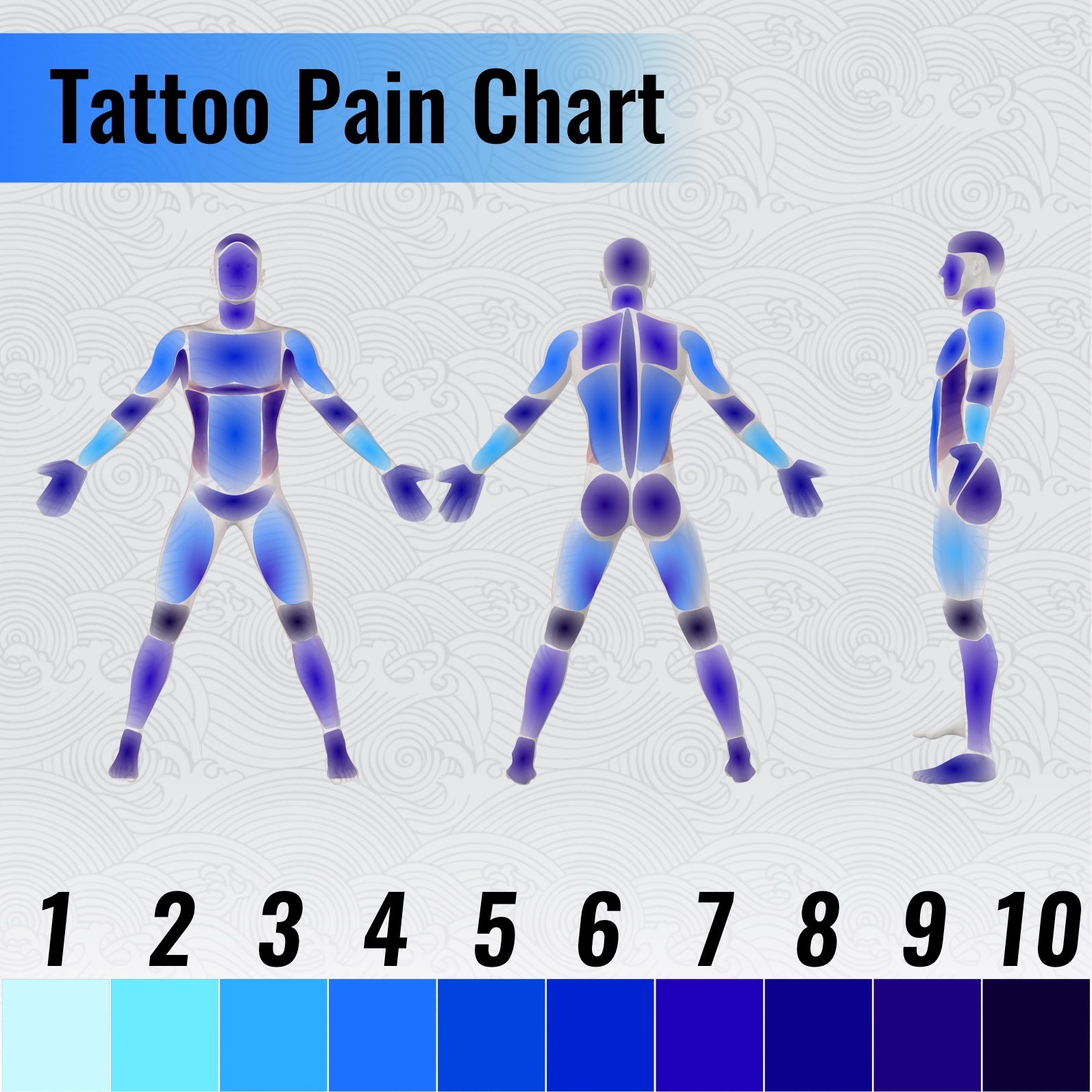
Okay, so you’re thinking about getting a sunflower tattoo on your shin, huh?
I get it.
It’s a cool idea.
But you’re probably wondering, like, how does a sunflower tattoo actually look on the shin?
Does it fit right?
Will it look weird when I wear shorts?
Will the design even work with the shape of my leg?
Let’s dive into it, because I’ve seen it all when it comes to tattoos.
The Shin: A Canvas for Sunflowers?
Your shin isn’t exactly a flat surface, right?
It’s got curves, bumps, and a generally awkward shape.
So, you gotta think about how the sunflower design will flow with your leg’s natural form.
Placement is KEY.
I’ve seen people get sunflowers that are too small and get lost on their shin.
And I’ve seen others that are so big, they look like they’re trying to escape.
Finding that sweet spot is crucial.
How to Make Your Sunflower Tattoo Shine on Your Shin
Okay, so how do you avoid a tattoo disaster and end up with something amazing?
Here’s my take:
-
Size Matters: Don’t go too small. A sunflower needs room to breathe. Think about the level of detail you want. More detail = bigger tattoo usually.
-
Consider the Shape: Sunflowers are round, but your shin isn’t. A good artist will help you adjust the design to fit. Maybe elongate the stem, or add some leaves that wrap around your leg.
-
Think About Movement: When you walk, your muscles move. Make sure the tattoo design won’t distort too much with movement. A consultation with your artist can help with this.
-
Placement, Placement, Placement: Do you want it on the front of your shin, the side, or wrapping around? Each placement gives a totally different vibe.
-
Style It Up: Black and gray? Watercolor? Traditional? The style of your sunflower tattoo will drastically affect how it looks. A bold, traditional sunflower will stand out more than a delicate watercolor one.
-
Don’t Forget the Details: Adding bees, ladybugs, or other elements can make your sunflower tattoo even more unique.
For example, my friend Sarah got a sunflower with a tiny ladybug crawling on one of the petals.
It’s subtle, but it adds so much personality!
Different Sunflower Styles and Shin Placement
Let’s break down some common styles and how they work on the shin:
-
Traditional Sunflower: Bold lines, bright colors. Looks great on the front of the shin, slightly off-center.
-
Watercolor Sunflower: Soft, dreamy, and delicate. Best on the side of the shin where there’s more flat space.
-
Black and Gray Sunflower: Timeless and classic. Works well anywhere on the shin, depending on the size and detail.
-
Geometric Sunflower: Modern and edgy. Can be placed on the front or side, but make sure the geometric shapes flow with the leg’s natural curves.
Remember, always look at healed tattoo photos from the artist you are considering.
Real Talk: Pain Factor
Let’s be real, shin tattoos can sting.
It’s a bony area with less fat.
But, hey, beauty is pain, right?
Here’s the lowdown:
- The closer to the bone, the more it’ll hurt.
- The front of the shin is usually the most sensitive.
- Take breaks if you need them.
- Communicate with your artist.
FAQ: Sunflower Shin Tattoo Edition
-
Q: Will a sunflower tattoo on my shin stretch over time?
- A: Maybe a little. Your skin naturally changes. Good aftercare and staying hydrated helps.
-
Q: How long does a shin tattoo take to heal?
- A: Usually 2-4 weeks. Follow your artist’s aftercare instructions religiously!
-
Q: Can I work out after getting a shin tattoo?
- A: Wait at least a few days, maybe a week. Avoid direct contact and excessive sweating.
-
Q: How do I find the right artist for a sunflower tattoo?
- A: Do your research! Look at their portfolio, read reviews, and make sure their style matches what you’re looking for.
Final Thoughts: Rock That Sunflower!
Ultimately, getting a sunflower tattoo on your shin is a personal choice.
If you love the idea, go for it!
Just do your homework, find a great artist, and be prepared for a little bit of pain.
And remember, a well-placed and well-designed sunflower tattoo can look absolutely stunning on the shin.




